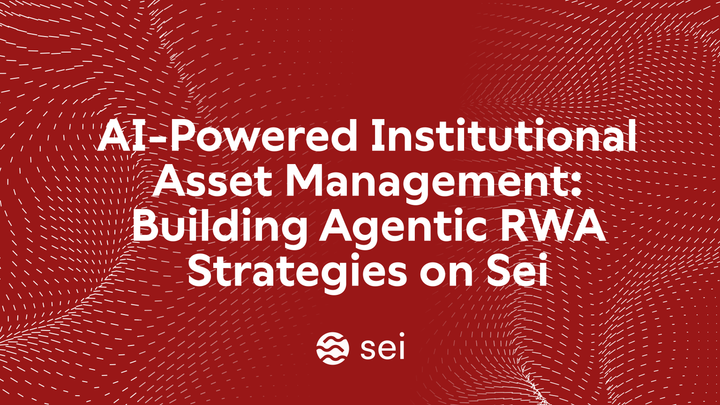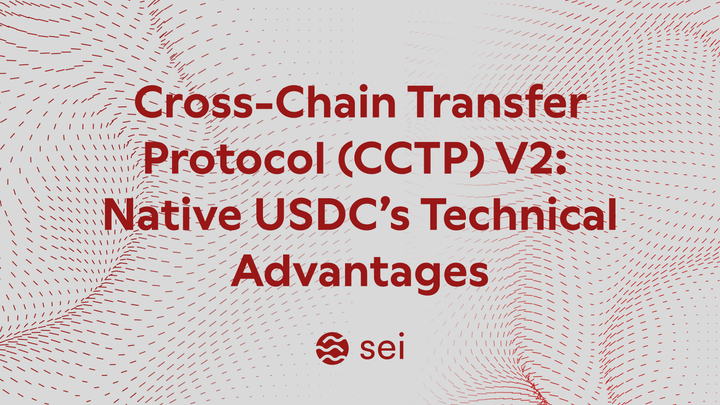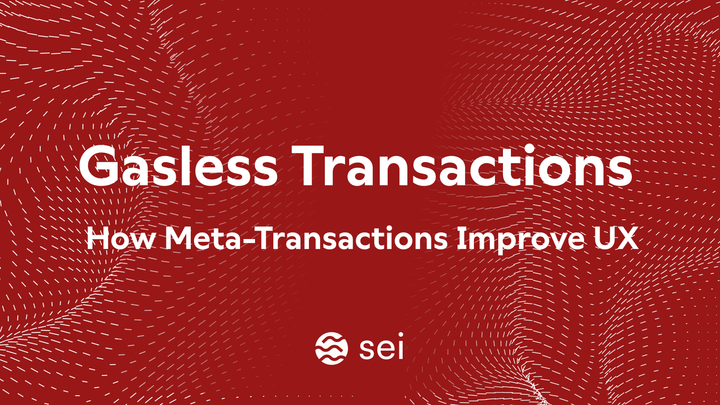Blockchain Scalability: Challenges, Solutions, and More
Learn about blockchain scalability and find out what challenges affect it the most. Discover actual solutions instead of alternatives.
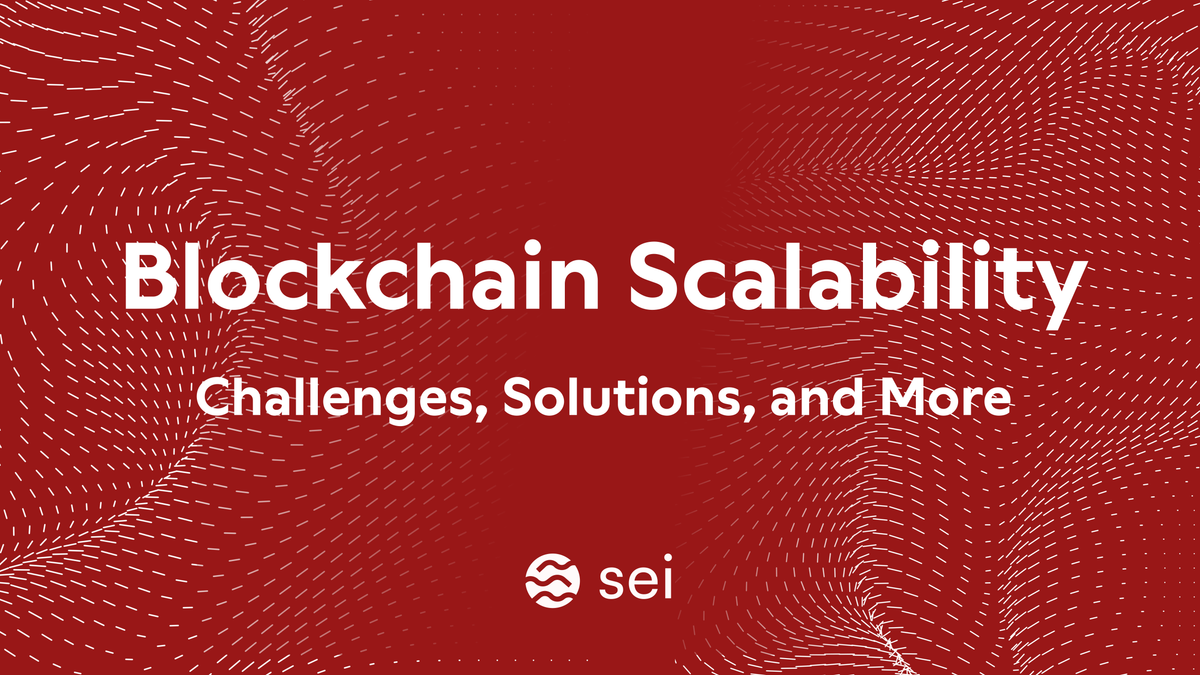
Why does Ethereum charge high gas to process transactions when the traffic is high?
Blockchains like Ethereum or Bitcoin handle a limited number of transactions per second. When transaction volume increases, delays and costs rise accordingly. These scalability challenges affect user experience and hinder mass adoption, posing significant obstacles for developers building applications on these networks.
What is blockchain scalability?
Blockchain scalability largely refers to the network's ability to manage and process high transaction volumes.
Scalability is indispensable when users want secure, fast, and affordable technology. This article explores the necessity of scalability, its challenges, and the most promising solutions available today.
In this article, we’ll cover:
- Exploring scalability challenges in a blockchain
- How existing blockchain projects are addressing scalability challenges
- Layer 1 vs. Layer 2 solutions: What solves blockchain scalability?
- Solving blockchain scalability on Ethereum with Sei
Let’s begin.
Exploring The Scalability Challenges In a Blockchain
By design, blockchains struggle with maintaining the same level of decentralization and security when they scale. Blockchain networks can achieve two sides of the triangle (pictured below) among decentralization, security, and scalability concurrently. But while achieving two, they must trade off the third factor, which often poses questions about the dependability of blockchains.
This is known as a blockchain trilemma, a term coined by Ethereum’s founder, Vitalik Buterin. It isn’t mathematically proven, but based on observations.
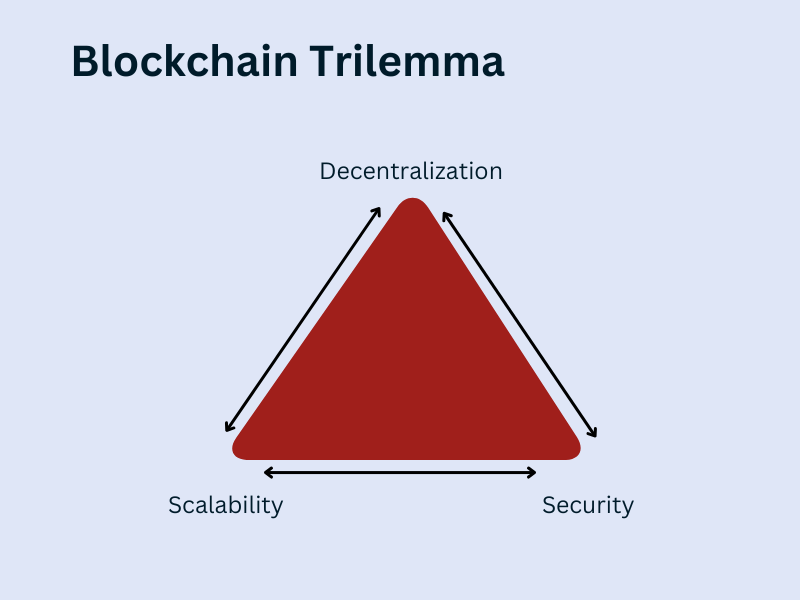
Scalability is primarily about how much data one can fit into a blockchain and how quickly it can produce.
Let’s explore in detail how the trade-off occurs.
What Happens When Developers Prioritize Scalability
When scalability is a concern, the blockchain is optimized to fit more data in a block and process it quickly. However, this automatically decreases the number of participating nodes on the network.
A node is a device, typically a computer system, that runs the blockchain’s protocol software and participates in validating transactions. Bigger block sizes require more processing power, while faster processing speeds require more internet bandwidth.
Such constraints restrict some nodes from participating in the system, reducing decentralization. As only a few nodes participate in transaction validation, there’s a high chance of a few nodes conspiring together to process invalid or malicious transactions. This raises questions about the blockchain’s security.
Therefore, blockchain networks need solutions prioritizing scalability while minimally affecting the other two: decentralization and security.
Let's understand how blockchain projects are solving for scalability currently.
How Existing Blockchain Projects Are Addressing The Scalability Challenges
There are different ways blockchain projects are innovating to solve for scalability in web3, including:
On-Chain Improvements on Layer 1
Some scalability solutions common in the community include on-chain improvements like sharding, consensus algorithms, and block optimizations. Sharding involves splitting the blockchain into parallel chains called shards.
NEAR Protocol and Zilliqa are some examples that are solving scalability through sharding.
The approach in sharding is different from that in Sei's parallelized EVM. The latter processes transactions in parallel within the same state. There’s a critical trade-off in sharding, where there’s a delay in shard-to-shard communication, affecting some applications requiring real-time interactions.
Alternatively, there are more efficient consensus mechanisms that increase the transaction throughput and reduce latency. For example, Solana’s Proof-of-History. This consensus creates a proof of record that proves the existence of data at a particular time. However, it faces issues with decentralization and downtime. If many node operators go offline, the network will simply become unavailable.
Moreover, some projects might focus on increasing the block size or frequency to handle more transactions at a given time. For example, Bitcoin Cash increased its block size to deliver a high transaction per second effectively. This increased the speed of the transaction as it required less mining power for verification.
Off-Chain Improvements: Layer 2 Solutions
Layer 2 solutions operate on top of layer 1 solutions to enhance a blockchain network’s efficiency without compromising security.
State channels let users transact off-chain and settle on-chain periodically. However, all participants in the state channel need to be known beforehand and available while their transaction settles. This becomes a disadvantage, especially in cases of unresponsiveness.
Beyond state channels, there are other layer two solutions that address blockchain scalability, including:
- Rollups process transactions off-chain and bundle them together as a single proof. In the case of an optimistic rollup, it’s assumed that all transactions are valid by default unless fraud-proof is available. Zero-knowledge rollups use cryptographic proofs to validate transactions while protecting sensitive information.
- Sidechains are separate blockchain networks that run alongside the primary blockchain. They periodically sync state, for example, in the Polygon PoS Chain.
Hybrid Solutions
Hybrid solutions combine the methods of layer 1 and layer 2 solutions to solve for scalability. For example, Polkadot uses parachains to scale horizontally through interoperability.
Similarly, blockchains like Polygon employ multiple scalability solutions, including sidechains, rollups, and zk-rollups on a single platform.
Layer 1 vs. Layer 2 Solutions: What Solves Blockchain Scalability
The optimizations made at a layer 1 level, such as SegWit, improve the transaction format to increase block capacity, and solutions like sharding aren’t sufficient to independently address the scalability challenge. While they do enhance scalability to a certain extent, it’s not adequate to encourage global widespread adoption. Additionally, each of these solutions faces its own challenges. For instance, practical limitations exist on how many shards can coexist efficiently.
Layer 2s are a possible solution as they reduce costs by batching multiple transactions together and settling them simultaneously. They improve user experience while making the transactions more efficient and optimizing costs at the application layer. However, Layer 2 solutions are merely an alternative to Layer 1 optimizations when solving for scalability. They might not be the actual solution.
When it comes to Layer 2s, they have scalability issues. Ultimately, Rollups also need to record data on blocks on the main chain, which don’t have infinite space. There’s an upper limit to these transactions.
Solving Scalability Through a Layer 1: Exploring Sei’s Vision
The team at Sei Labs felt the proper solution to scalability and higher throughput was to develop a Layer 1 blockchain that offers high throughput with the familiar tooling and community of the EVM (Ethereum Virtual Machine).
Sei’s co-founder, Jayendra Jog, shared that Layer 1s are a permanent solution to scalability challenges rather than temporary quick fixes like Layer 2 blockchains.
Wrote an op-ed piece for @Cointelegraph - L1s are the best way to scale the EVMhttps://t.co/Q4BmzZVYeH
— Jay ($/acc) (@jayendra_jog) April 11, 2025
He says, “Layer 2 solutions have their challenges, primarily tied to centralization and interoperability. Many of today’s layer two blockchains run with centralized sequencers that could expose the network to transaction censorship, transaction reordering, and more.” Layer 2 solutions struggle to maintain interoperability.
This scalability challenge is also caused by how we currently measure blockchain performance with transactions per second (TPS). Different transactions require different amounts of compute, so measuring blockchains’ performance solely by TPS shows only half the picture.
Jay suggests measuring gas per second (GPS). He says, “While TPS is best served to assess simple ETH transfers, gas per second shows the bigger picture by considering all computational efforts, even for complex transactions.” Jay feels this would be a crucial step in a blockchain’s evolution.
The proper solution to scaling the EVM is with a Layer 1 blockchain. This vision drives development and research at Sei Labs. Jay strongly feels that it’s time to be more open to adopting more accurate performance metrics and focus on improving network performance.
With Sei v2, the network can deliver a throughput of up to 100 megagas per second. This is complemented by a block time of 400ms and instant finality. All of this while being a Layer 1 blockchain solution.
Solving Blockchain Scalability on Ethereum With Sei
Sei brings extreme scalability to the Ethereum Virtual Machine (EVM) through its parallelized EVM blockchain. It lets unrelated transactions run in parallel, significantly increasing the throughput. With optimistic block processing and intelligent block propagation, Sei offers a near-instant time-to-finality.
The upcoming Sei Giga upgrade offers much higher performance than the present version. The team strongly believes in transparency and respects community contribution and innovation, making it a
a reliable option for developers.
Sei is a decentralized, censorship-resistant, and permissionless chain that effectively distributes control beyond a few participants, reinforcing security and the community’s trust.
Looking to build on a reliable, secure, decentralized, and scalable chain? Build with Sei.

